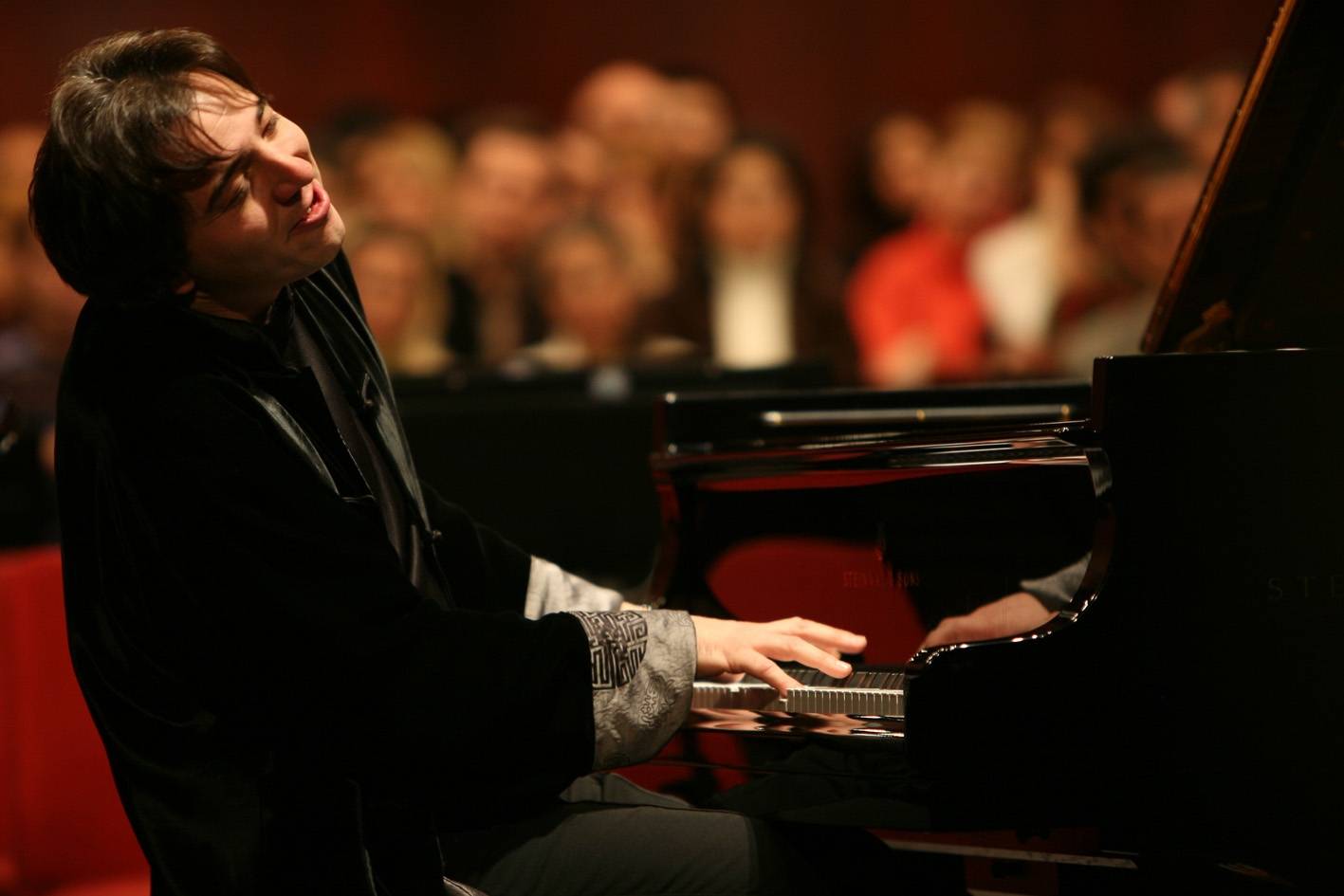
Fazıl Say Piano Recital

Fazıl Say Piano Recital
Event details
Fazıl Say wrote his first piece – a piano sonata – as early as 1984, at the age of fourteen, when he was a student at the Conservatory of his hometown Ankara.

It was followed, in this early phase of his development, by several chamber works without an opus number, including Black Hymns for violin and piano and a guitar concerto. He subsequently designated as his opus 1 one of the works that he had played in the concert that won him the Young Concert Artists Auditions in New York: the Four Dances of Nasreddin Hodja. This work already displays in essence the significant features of his personal style: a rhapsodic, fantasia-like basic structure; a variable rhythm, often dance-like, though formed through syncopation; a continuous, vital driving pulse; and a wealth of melodic ideas that may often be traced back to themes from the folk music of Turkey and its neighbours. In these respects, Fazıl Say stands to some extent in the tradition of composers like Béla Bartók, George Enescu, and György Ligeti, who also drew on the rich musical folklore of their countries. He attracted international attention with the piano piece Black Earth (1997), in which he employs techniques familiar to us from John Cage and his works for prepared piano. After this, Say increasingly turned to the large orchestral forms.
Program:
Mozart sonata, K 331 - No 11
Mozart sonata K 332 - No 12
Intermission
Satie, Gynosienne no 1 & 2 & 3
Gymnopedie no 1
Gershwin & Say, Summertime
Say, Art of Piano No 1 & 2 & 3 (In memoriam, Sarı Gelin, Wintermorning in Istanbul)
Notice
Children under 1.2m are not allowed to enter the Concert Hall.

Follow our WeChat for event news, deals, gossip and more!
Fazıl Say Piano Recital

 Add us on WeChat to speak to our friendly customer service team! ID: Tickets247Tickets
Add us on WeChat to speak to our friendly customer service team! ID: Tickets247Tickets